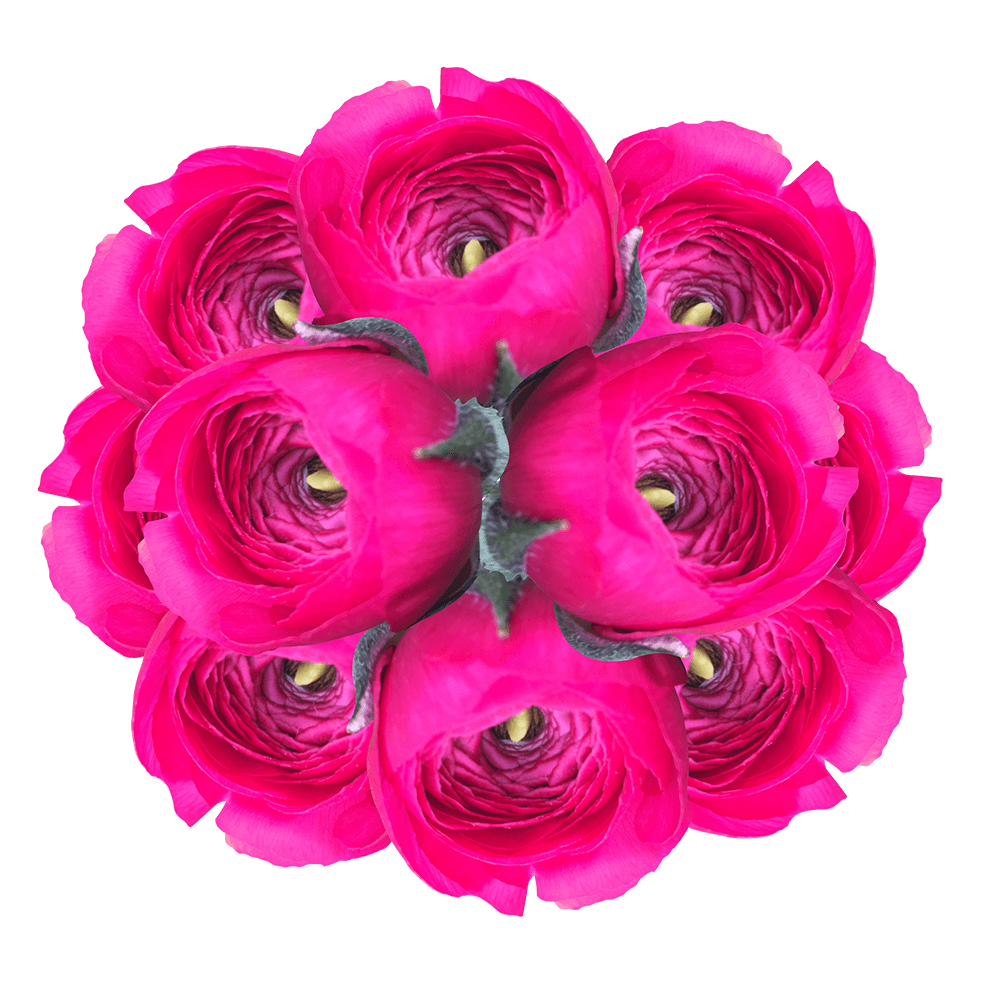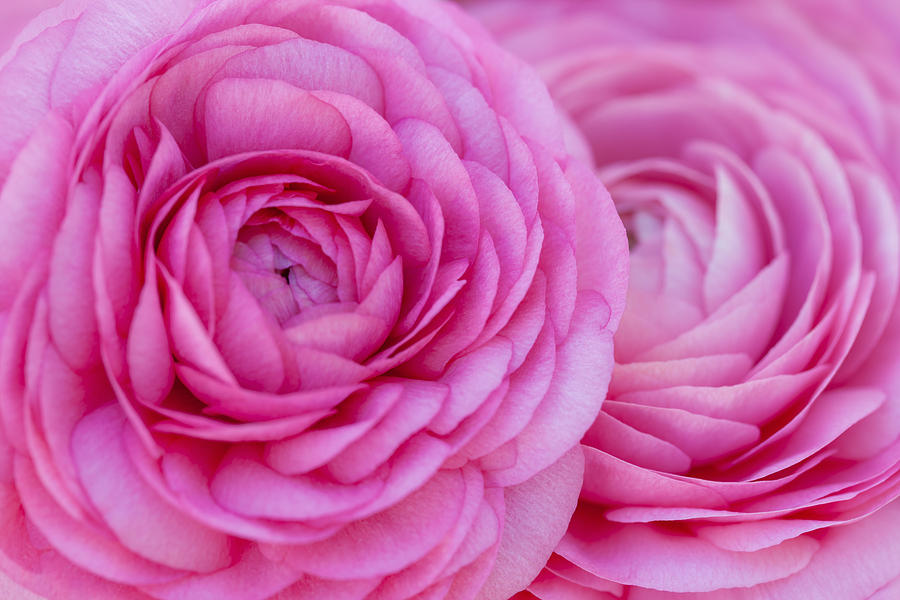

Good drainage is absolutely essential for success. Ranunculus thrive in moderately moist, sandy or loamy, well-drained soils.Provide some afternoon shade in hot climates. It typically takes about 90 days from planting to flowering, depending on weather conditions and variety.


Ranunculus may be started indoors as early as 12 weeks before the average last frost date (for earlier blooms).In colder areas (zone 7 and below), the best time to plant Ranunculus corms outdoors is in late winter or early spring after the danger of frost has passed.In hardiness zones 8-11, where temperatures do not drop below 10☏ (-12 C), the best time to plant Ranunculus corms outdoors is in the fall.A jumbo corm will produce up to 35 flowers while a number 1 corm will produce up to 20 flowers, a number 2 corm will produce up to 12 flowers and a number 3 corm will produce up to 7 flowers.The larger the corm, the bigger the plant and more spectacular the flowers. The size of the corms is highly correlated to the number of flowers per plant.Choose corms that are large, firm, and plump.They are deer and rabbit resistant.Ĭlick here to see all Ranunculus varieties Planting Ranunculus Ranunculus are poisonous to both animals (cats, dogs, horses) and humans.A single Ranunculus plant may produce as many as 35 flowers in one blooming season. Ranunculus bloom for about 4-7 weeks in late spring to early summer in cold climates (planted in spring), or in early-mid spring in mild climates (planted in fall).Prized by flower shops, they are a favorite in wedding bouquets. Terrific as fresh cut flowers, they make magnificent bouquets with a vase life of up to 7 days. Whether treated as perennials or annuals, Ranunculus add brilliance to pots and containers and can be planted in the garden in flower beds and borders.Not sure about your growing zone? Check here. In these cold climates, Ranunculus corms can be planted in late winter or very early spring for early summer flowers. If you live in colder areas (zone 7 and below), either you grow Ranunculus as annuals and leave them in the ground, or you save your corms for next spring, dig them up before the first frost and store them over winter before replanting them next spring.In these mild climates, Ranunculus corms can be planted in fall for spring flowers. Ranunculus are winter hardy perennials in growing zones 8-11 and will come back year after year.They perform best where winters are relatively mild and springs are long and cool. The blossoms are borne atop sturdy stems above a lush foliage of finely-cut, fern-like leaves. tall (30-60 cm), and sport exquisite rose-like flowers, packed with tissue-thin petals. They grow from bulb-like corms that are easy to find in nurseries and in catalogs. Ranunculus asiaticus are tuberous perennials.across (5-12 cm), in a wide array of colors ranging from pink, red, and purple to cream, pale yellow, and orange. Native to the Mediterranean region, southwestern Asia and southeastern Europe, it bears large, lushly petaled flowers, 2-5 in. Among them is the popular Florist Buttercup, Ranunculus asiaticus, commonly known as Persian Buttercup.Ranunculus is a large genus of about 600 species of flowering plants in the Ranunculaceae family, which includes buttercups, spearworts and water crowfoots.They deserve a spot in beds and borders, containers and in flower arrangements. Easy to grow if some rules are followed, Ranunculus boast long-lasting, single, double or frilled, exquisite blossoms in a rainbow of gorgeous colors. The flowers themselves are eaten raw or as added color to salads but start with just a few as some people have an allergic reaction to them.īuy my book! Idiots Guide Foraging covers 70 of North America's tastiest and easy to find wild edibles shown with the same big pictures as here on the Foraging Texas website.Adored by florists and gardeners, Ranunculus asiaticus (Persian Buttercups) is a tuberous perennial boasting brilliantly colored flowers adorned with multiple layers of delicate, crepe paper-thin petals. Luckily they mature in a staggered time so young leaves can be found among plants already in flower. The young leaves of the pink primrose are edible before the plant flowers. Department of Agriculture.īringing a spray of pink to yards and field, these flowers begin appearing in later winter and continue on through into early summer. North American distribution, attributed to U. Plants may appear in other counties, especially if used in landscaping. Nutritional Value: Vitamin F, some fatty acidsĭangers: Eating large quantities of these flowers may cause stomach distress. How: petals raw young leaves (before flowers appear) raw or boiled


 0 kommentar(er)
0 kommentar(er)
